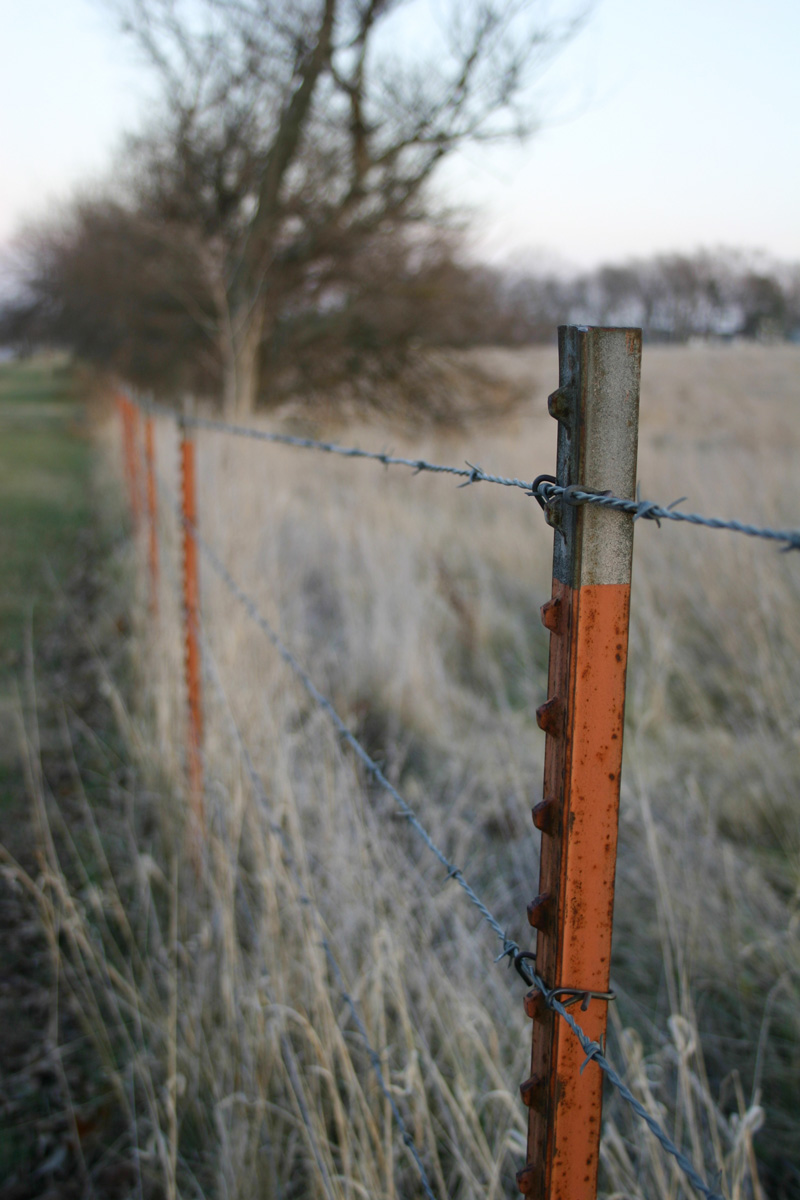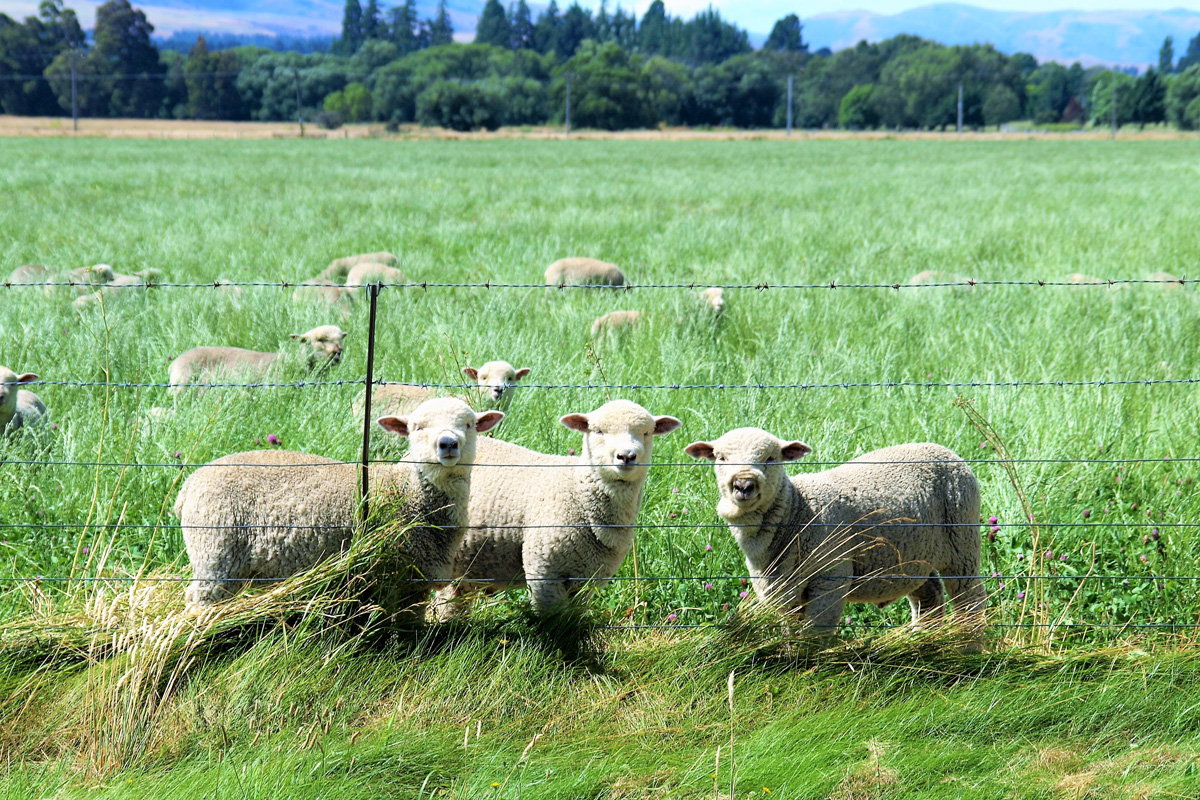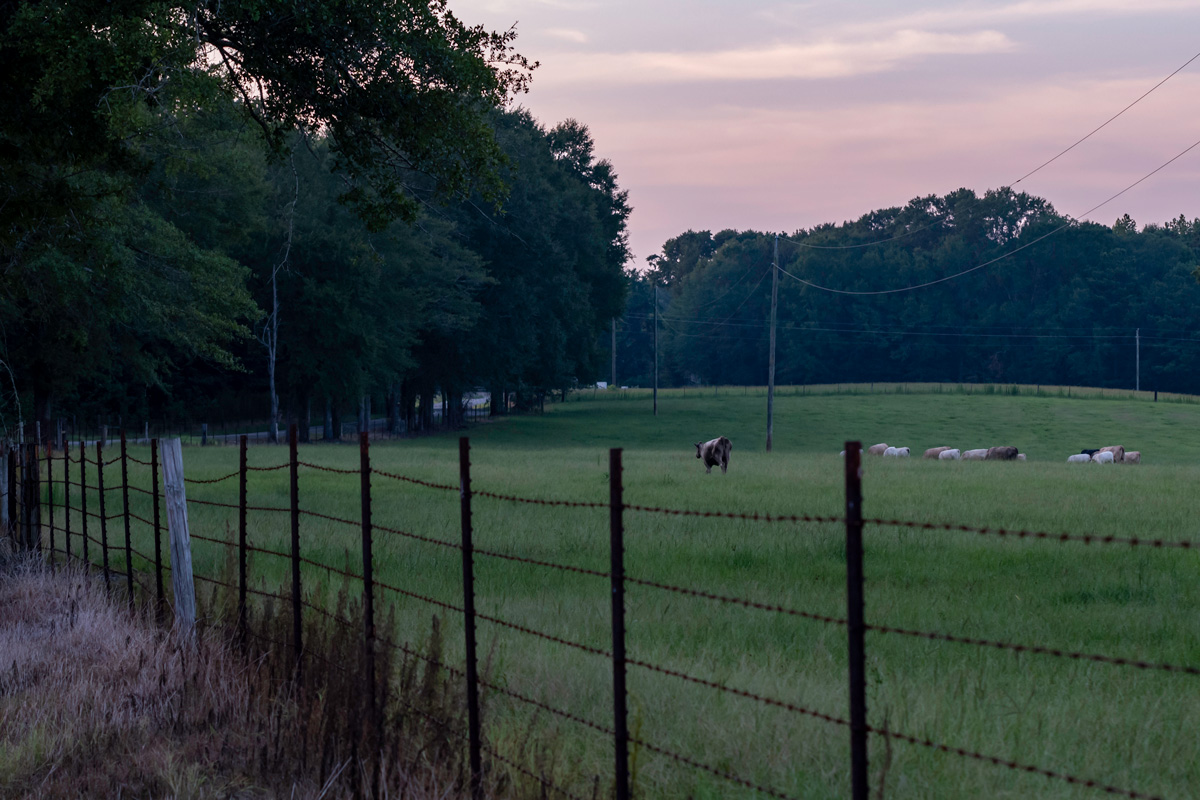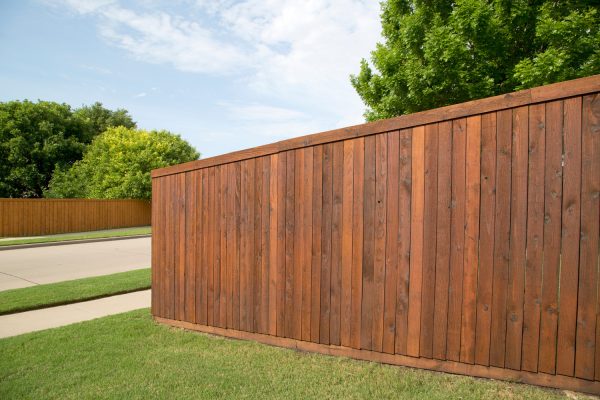Having chosen to use wire fencing for your property, you are now probably wondering whether you should use a T-[ost or a U-post. We've researched the differences between these two posts and we would like to share with you tips on how to choose the right fence and their benefits.
T-posts and U-posts are used exclusively for wire fencing and their difference lies in the shape: T-posts are shaped like the letter 'T' and U-posts are shaped like the letter 'U.' T-posts are often used for poultry farms, and U-posts for farms of ponies, goats, and other larger farm animals.
We know that it can be a little underwhelming to know that their major difference only lies in the shape of the posts. Fortunately, we will dive deeper into this topic and we will talk about the benefits of one over the other. Keep reading as we also give you advice on how to install these posts.

What Is A T-Post And A U-Post?

When choosing fence posts for your farm property, there are a lot of post options that you can use. However, a lot of farmers are very partial to T-posts and U-posts because of the ease of installation. These posts are exclusively used for wire fencing, which is what many farms use to secure the property.
A T-post, as the name suggests is a T-shaped post made of metal with an anchor at the bottom. The anchor secures the post as it is buried in the ground. T-posts are typically used by poultry farmers and they can be easily removed if necessary.
A U-post is a U-shaped post with an anchor at the bottom, similar to a T-post. Some U-posts also come with a spade that allows them to increase their stability while buried on the ground. These U-posts are usually used on farms with horses or cattle because of some farmers' preferences.
Both types of posts will need sturdy corner posts to help keep them secure. Typically, this is made of wood, and they are meant to anchor the entire fencing to it.
How To Choose The Right Fence

Since T-posts and U-posts are both used exclusively for wire fencing, the choice ultimately is up to you to decide on the kind that will work best for you. Although these two fences are favored for different uses, they can be interchangeably used depending on your budget, location, and needed situation.
To make it easy for you to pick the right fence post, here are some benefits of both the T-posts and the U-posts.
Benefits Of A T-Post
- T-posts are very convenient to attach the wires onto
- They also anchor the posts better on the soil
- T-posts can also be removed and reused in a different place if necessary
Benefits Of A U-Post
- U-posts are cheaper, at half the price of T-posts
- These posts are quicker to install, and need to be pounded onto the ground
- U-posts can withstand rugged environments
How to Install a T-Post
Installing a T-post is simple, but you will need a few tools and materials to successfully put it up. If you've installed other kinds of fences or posts before, you will most likely have the items you will need.
Tools and Materials Needed
- Wooden posts
- T-posts
- Wire clips
- Staples
- T-post driver
- Tape measure
- String line
- Come-along winch
- Fence pliers
Instructions
1. Set Up the Corner Posts
Before installing your T-posts, make sure that you have picked the location of your corner fence posts. Install the wooden posts accordingly, set them in concrete, and have them braced securely to the ground.
2. Line Up and Space the T-posts
With the corner posts in place, it is time to line up and put proper spacing to your T-posts. Starting from your corner posts, run a guideline to the next post and make sure that it is a straight line. Take your tape measure and mark the spacing you will need for your T-posts.
Standard spacing for T-posts is 8 to 12 feet apart; 10 to 12 feet if you are installing a five- or six-strand barbed wire fence. Lay the posts on the ground to verify your spacing and the number of T-posts you will need.
3. Position the T-posts
T-posts have studs that can help you either keep the animals in or prevent the predators from coming close. If you want to keep the animals in, face the studs inwards. If you would like the predators to stay out, make sure that the studs are facing outwards.
Position your T-posts with the anchor plate on the bottom, and the posts are perpendicular to your fence line.
4. Drive the Posts Into the Ground
Using a T-post driver, drive the posts deep enough to bury the anchor underneath the soil. This should be about 18 to 24 inches deep, and make sure that the posts are all in a straight line while doing this. You can use a string line to help you keep the posts straight while installing.
If you don't have a post driver, you can use a sledgehammer but it will require more work.
Get this T-post driver on Amazon.
5. Install the Wire Fencing
Start installing your wire fencing by securing the wire to the corner posts using staples. Leave around 18 to 24 inches of extra wire on the end and wrap this around the corner post to make sure that the wire fencing is stable.
Using a come-along winch, pull the wire tight towards the opposite corner and secure it to the corner posts with more staples. Make sure to leave excess wire again and wrap it around the corner post to secure it. Don't pull the wires too tight—just make sure it is taut enough without over-tightening it.
Check out this cable puller on Amazon.
6. Add Wire Clips
The fence wiring should be secured to the T-posts using wire clips. Set the wire clips on the studs of your T-posts and hook the wire on one side of the clip. Wrap the other side of the clip around the wire, making sure to secure it properly with fence pliers.
How to Install a U-Post
U-post installation is also fairly easy. For this particular method, we will show you how this can also be used for garden fencing, but the same method applies to bigger areas on how you will install the fence posts. Of course, you will have to change the fencing material depending on your needs.
Tools and Materials Needed
- Wooden posts
- U-posts
- Tape measure
- String line
- Rubberized mallet
- Side cutters
- Flathead screwdriver
- Garden fencing
- Staples
Instructions
1. Install the Corner Posts
Start by installing your wooden corner posts to set up and establish the perimeter of your fencing. You can also use U-posts as your corner posts, but it might not be as sturdy as wooden fence posts.
2. Space your U-posts
Using your tape measure, mark the areas on the ground where you will be driving your U-posts. Put up a string line to help you keep the posts straight before driving it to the ground. Depending on the length of your fence, U-posts can be space 5 to 7 feet away from each other.
3. Drive the U-posts Into the Ground
Before installing the U-posts, make sure that the studs are all facing outside your perimeter. Install the U-posts by driving the posts to the ground using your rubberized mallet. Make sure to pound the anchor plate at least 12 inches below the ground to make sure it is secure.
4. Install the fencing
After all of the U-posts have been installed, it is time to install the fencing. Starting from your corner post, unwind your fencing and staple the ends to your wooden post.
Secure the fencing to the U-post by hooking it to the U-post tabs. You can use a flathead screwdriver to help bend the tabs slightly while putting up the fencing. Make sure to hook the fencing on the U-post tabs, and keep the fencing touching the grass.
In Conclusion

T-posts and U-posts are both very structurally sound posts that you can use on your farm property. Depending on what you really need, both posts will definitely hold your wire fencing well. They are both long-lasting and sturdy, so you'll be sure to have a well-protected property at all times.
There's a lot more to learn about installing fence posts, and we've got some articles that you might be interested in:





